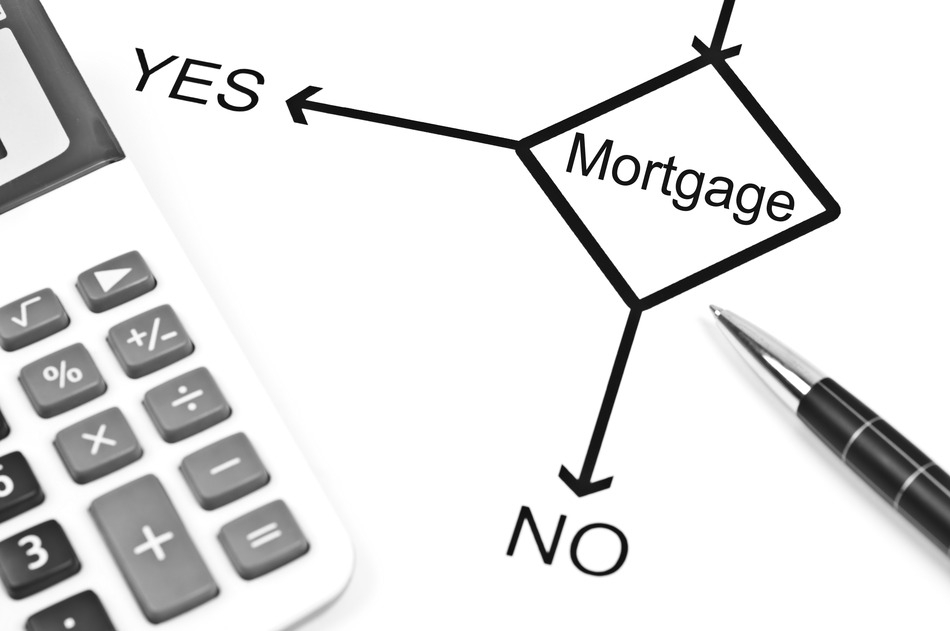Three good reasons to warm up to a refinance this spring.
Low interest rates and new loan programs abound this spring, so if you assumed your refinancing and mortgage options were dismal, you’ll be surprised by these three offerings.
1. Refinance with new FHA fees
In a nutshell: FHA raised insurance premiums for new borrowers, while lowering fees for some existing customers who refinance, making comparison shopping with private mortgage insurance worthwhile. Mortgage insurance covers the lender against losses caused when borrowers stop making payments.
The details: FHA’s new insurance premium rates include a great deal for existing FHA borrowers — you can refinance by paying a miniscule .01% upfront fee and an annual premium of just .55% if you got your original loan on or before May 31, 2009.
The catch: The deal is only for home owners who got their FHA mortgage on or before May 31, 2009.
The latest FHA deal for new FHA customers buying homes isn’t nearly as sweet. You’ll pay a whopping 1.75% upfront fee and an annual premium of 1.35% — more if your loan is more than $625,500. For a $200,000 loan, that’s $3,500 for the upfront premium payment and $2,700 for the annual premium.
If you can meet the tougher underwriting and higher downpayment rules of private mortgage insurance companies, check to see what that would cost for your specific loan and location using calculators from such sources as MGIC, Radian, or Genworth Financial. Use the calculators to check how your payment would change depending on how much equity you have in your home.
2. Refinance underwater mortgage
In a nutshell: If you owe more than your home is worth, you may finally be able to refinance into a lower rate thanks to the government’s HARP refinancing program.
The details: You can take advantage of historically low interest rates by using the latest version of the Home Affordable Refinance Program, which removed a previous cap on how far below your mortgage your home value can be.
The HARP program even works if you’ve been hit by the economic double-whammy of a falling family income and a falling home price. You qualify for a HARP refinance if:
- You have income coming in.
- You’ve made your mortgage payments on time every month for the past six months and have no more than one late payment in the past year.
The catch: Banks can layer their own tougher rules on top of the HARP requirements, and they’re not obligated to let you use the program to refinance your existing loan.
3. Refinance rental properties
In a nutshell: Some real estate investors have new loan options for the first time in years.
The details: In recent years, small landlords like me have had a tough time finding a bank to finance more rental property purchases. Once you had more than four rental property loans, Fannie Mae and Freddie Mac were no longer willing to guarantee your loans, even when your credit scores were top-notch and the property was able to turn a profit from day one of ownership.
Now, some banks participating in the HARP program are taking applications from landlords with multiple properties and lots of mortgages. HSBC recently agreed to look at a mortgage on a property I own in Baltimore. My current interest rate there is over 7% and if I get the HARP refinance it will fall to 4.6%.
It’s too soon to say whether the banks will actually fund me or any other landlord who wants to refinance.
The catches
- Only Fannie Mae has made this change. (It’ll purchase up to 10 loans from any one investor.) Freddie Mac is still limiting single-family landlords to four loans.
- Most banks discount your rental income by 25% when making investor loans, which adds up when you have multiple properties.
But, the fact that banks are accepting applications from rental property owners is a sign the credit spigot may be reopening for creditworthy real estate investors.
Are you shopping for a refinance or a mortgage to purchase a home? What’s your experience been like?























